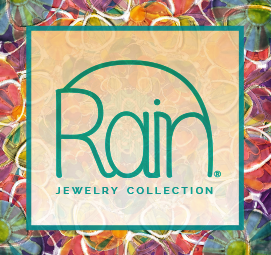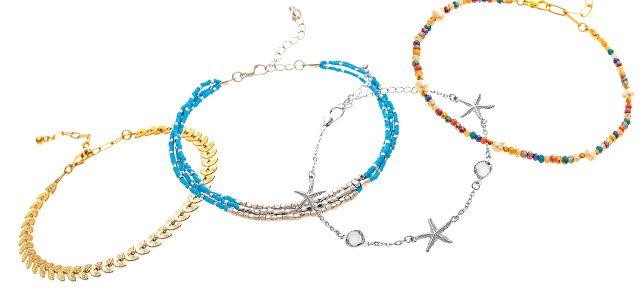How to Set Retail Pricing For Jewelry
So you did the research, you picked the styles and you’ve received your wholesale jewelry. Now it’s time to set your price! We are excited to help you answer the question “How should I price my jewelry?” or “What markup do you recommend?”
Before we can dive into the best way to price your wholesale fashion jewelry, here are a few important terms you may need to know:
Wholesale Cost / Landed Cost:
The cost of each product. To find your landed cost, include the wholesale cost, cost of shipping and any other costs associated with special packaging etc.
Gross Profit:
The total revenue generated by the sale less the cost of the goods sold.
Mark Up:
The amount which the cost of the product is increased to reach the selling price. (Example: The sale price of an item is $12.00 and the cost is $4. The mark up on this product is $8.00. Markup can also be written as a percentage by dividing the gross profit by the cost.)
Margin:
The total sale minus the cost of goods. Margin can be show as a dollar amount or a percentage. (Example: A product is sold for $20 with an $8 cost; the margin is $12 or 60 %.)
Our wholesale fashion jewelry collection is created with the idea to sell “fun, trendy jewelry at affordable prices”. We have found when retailers pay forward this idea to their customers; they have the most success with our wholesale fashion jewelry collection. Our recommended pricing structure multiplies the wholesale landed cost of the jewelry x 2.5. (Example, a $3 pair of wholesale earrings would be sold for $7.50 retail. In this case, the 2.5x offers a $3.50 mark up or 60% margin.) Just because this is what we recommend, it doesn’t mean this is the only way!
Below are more ways to price your wholesale fashion jewelry from Rain Jewelry Collection:
Manufacturers Suggest Retail Price (MSRP):
The price suggested by the manufacturer at the time that the product is sold to the retailer. Our MSRP is 2.5X the wholesale cost.
Keystone:
The most popular retail pricing strategy which simply doubles the wholesale cost of the product.
Mark Up Desired:
The most logical and mathematical of pricing strategies is to create a formula for your retail pricing. Follow these simply steps to create your pricing formula.
- 1. Identify your wholesale cost
- 2. Identify your desired margin or mark up
- 3. Subtract your margin percentage from 100
- 4. Divide your cost by your margin
- 5. Multiply the result by 100 to find your retail price
EXAMPLE: Wholesale cost is $4 and desired margin is 60%.
100-60=40 --> $4/40=$.1 --> $.10 x 100 --> $10.00
Result: The retail price is $10.00
Perceived Value:
Maybe you’re not the mathematical type or you feel like you know your customer or market well enough to set the price. Take a look at your competition, other product lines and set the price using perceived value. Perceived value pricing can be simply defined by the price your customer is willing to pay.
Price Averaging:
Defining the price of a product using the average segment cost to determine where a product falls within a pricing tier. For example, all necklace sets with the average price of $9-$11, will be $24.99. Necklace Sets with an average of $12-$14 will be $32.99. This pricing structure can be used across all categories within your store or for specific lines and categories such as Rain Jewelry Collection or fashion jewelry.
Psychological Pricing:
A pricing strategy that capitalizes on the theory that retail consumers are psychologically effected by price endings such as .99 or odd numbers. You may want started with a formula such as keystone and the round up to the next .99.
If you’re new to retailing or you’re a seasoned veteran, sometimes pricing can be overwhelming. Keep in mind that consistency is the best practice. Using formula driven pricing strategy can take the guess work out of pricing and allow you to delegate tasks to employees who can utilize your formula. If you choose an intuition based pricing strategy such as perceived value, make sure that you are keeping a record of your prices and being consistent when pricing reorders. Just remember, as long as your customer loves the product and the price is right, they are going to buy!


